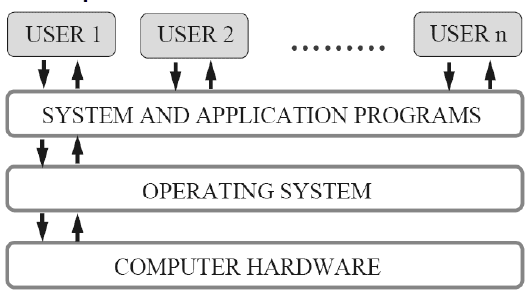Electrodes For Biophysical Sensing
Electrodes for biophysical sensing are critical components in various medical and scientific applications. They are used to detect and measure electrical signals from biological systems. Here are some key types and aspects of electrodes used in biophysical sensing:
Types
of Electrodes
- Surface Electrodes:
- EEG (Electroencephalography) Electrodes: Used to measure electrical activity in the brain.
- ECG (Electrocardiography) Electrodes: Used to measure the electrical activity of the
heart.
- EMG (Electromyography) Electrodes: Used to measure electrical activity produced by
skeletal muscles.
- Implantable Electrodes:
- Microelectrodes:
Used for single-cell recordings or stimulation in neuroscience research.
- Depth Electrodes: Used for recording activity from deeper brain
structures.
- Pacemaker Electrodes: Used in cardiac pacemakers to stimulate the heart.
- Dry Electrodes:
Do not require conductive gel and are easier to use but may have higher
impedance.
- Wet Electrodes:
Use conductive gel to reduce impedance and improve signal quality.
- Needle Electrodes:
Penetrate the skin and are used for EMG or other invasive measurements.
Key
Properties
- Biocompatibility:
Electrodes must be made of materials that are non-toxic and do not induce
significant immune responses.
- Impedance:
Low impedance is desirable for good signal quality. Impedance can be
affected by the electrode material, size, and contact quality.
- Signal-to-Noise Ratio (SNR): High SNR is important for accurately detecting
biological signals.
- Durability and Stability: Especially for long-term monitoring or implantable
electrodes, durability and signal stability over time are crucial.
- Size and Shape:
Must be appropriate for the specific application to ensure accurate
placement and measurement.
Materials
- Silver/Silver Chloride (Ag/AgCl): Commonly used for ECG and EEG electrodes due to their
stable and low impedance properties.
- Platinum:
Used for implantable electrodes due to its excellent biocompatibility and
stability.
- Gold:
Sometimes used for its good conductivity and biocompatibility.
- Carbon-based Materials: Used in newer electrode designs for their flexibility
and biocompatibility.
Applications
- Medical Diagnostics:
Monitoring heart rate, brain activity, muscle function, and other
physiological parameters.
- Neuroprosthetics:
Interfaces between electronic devices and the nervous system, such as
cochlear implants or brain-machine interfaces.
- Research:
Studying electrical activity in biological tissues, understanding disease
mechanisms, and developing new therapies.
Recent
Advances
- Flexible and Stretchable Electrodes: Made from materials like graphene or conductive
polymers, offering better conformity to the body's surface and improved
comfort.
- Wireless and Wearable Sensors: Enable continuous monitoring without the constraints
of wired connections.
- Microfabricated Electrodes: Allow for high-density arrays and better spatial
resolution for neural recordings.
Electrodes for biophysical sensing
are continually evolving, incorporating advancements in materials science,
microfabrication, and wireless technology to improve their performance and
application range.



Comments
Post a Comment